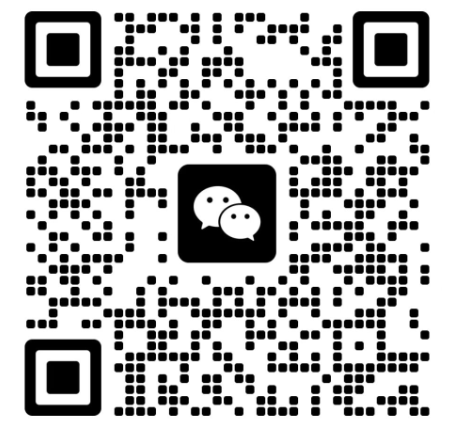HOUSEHOLD PRODUCTSProduct
Your Location:Home > HOUSEHOLD PRODUCTSGB 18584-2001 "Limit of Harmful Substances in Indoor Decorating and Refurbishing Materials - Wooden Furniture" is a mandatory national standard in China. Its core content specifies the limit requirements, test methods, and inspection rules for formaldehyde emission and the content of heavy metals (migratable elements) in wooden furniture products intended for indoor use.
1. Definition of Key TermsThe standard defines the following key terms:
•Wooden Furniture: Furniture primarily made from wood or wood-based panels.
•Formaldehyde Emission: The amount of formaldehyde released from the furniture into water under the test conditions of the desiccator method.
•Migratable Element: Heavy metal elements in the surface coating of furniture that can be extracted by an acidic sweat solution. This standard primarily focuses on four elements: Lead (Pb), Cadmium (Cd), Chromium (Cr), and Mercury (Hg).
2. Scope of Application
This standard applies to:
•Various types of wooden furniture products used indoors. This includes, but is not limited to, cabinets, tables, chairs/stools, beds, and other furniture primarily made from wood or wood-based panels (such as particleboard, fiberboard, plywood, etc.).
This standard does not apply to:•Furniture intended for outdoor use.
•Antique wooden furniture (cultural relics, antique replicas, etc.).
•Furniture made entirely of solid wood without any surface coating treatment (e.g., pure solid wood furniture without paint or varnish).
3. Test Items and Limit Values
The test items, methods, and limit values are summarized in the table below:
| Test Item | Test Method | Limit Value | Remarks |
| Formaldehyde Emission | Desiccator Method | ≤ 1.5 mg/L | This is a mandatory limit. |
| Heavy Metal Content (Migratable Elements) | Atomic Absorption Spectrometry | / | Applies to colored paint coatings on the furniture surface. |
| Lead (Pb) | / | ≤ 90 mg/kg | / |
| Cadmium (Cd) | / | ≤ 75 mg/kg | / |
| Chromium (Cr) | / | ≤ 60 mg/kg | / |
| Mercury (Hg) | / | ≤ 60 mg/kg | / |
Explanation:
•The Formaldehyde Emission test uses the "Desiccator Method". This involves placing a sample of specified size into a special container (desiccator); the formaldehyde released is absorbed by a solution at the bottom of the container, and the formaldehyde concentration in this solution is measured after a set period.
•The Heavy Metal Content test targets the colored paint coating on the furniture surface. It uses a simulated sweat (weak acidic solution) to test the content of migratable heavy metals.
4. Important Notes1)Mandatory Standard: GB 18584 is a mandatory national standard (GB). Wooden furniture products manufactured and sold in the Chinese market must comply with the requirements of this standard; otherwise, they cannot be sold.
2)Distinction from Wood-Based Panel Standards:
•Please note that GB 18584 is a standard for finished furniture products.
•It is different from standards for the wood-based panel substrates themselves (e.g., GB/T 39600-2021 "Classification of Formaldehyde Emission for Wood-based Panels and Finishing Products"). The latter classifies formaldehyde emission into E1, E0, and ENF levels, with stricter limits (E1 ≤ 0.124 mg/m³, using the chamber method). Even if a furniture manufacturer uses E0 or ENF grade panels, the finished furniture product must still meet the GB 18584 requirement of ≤ 1.5 mg/L (desiccator method).
•The test methods are different (chamber method vs. desiccator method), and the numerical results are not directly comparable.
3)Current Status of the Standard: This standard was issued in 2001 and implemented in 2002. It remains in force today. Although there is ongoing discussion within the industry about updating the standard and adopting more advanced test methods (like the chamber method), GB 18584-2001 is still the current and effective mandatory standard until a new standard replaces it.
4)Environmental Labels: Compliance with this standard is the basic requirement for furniture products to enter the market. Some products may have higher-level environmental certifications, such as the "China Environmental Label (Ten-Circle Certification)", whose requirements are typically stricter than the national standard.
J-Testing is a CNAS, CMA, and CPSIA accredited laboratory, committed to providing global clients with professional third-party testing, consulting services, and cross-border certification assistance.






 Our Service
Our Service
